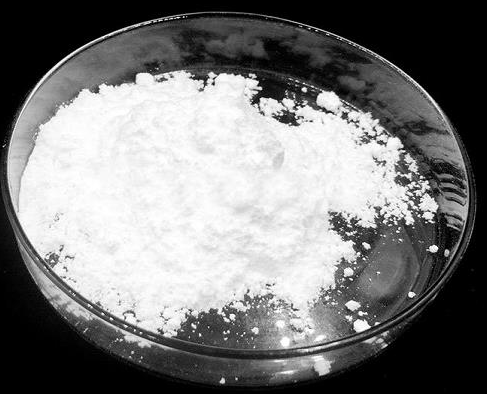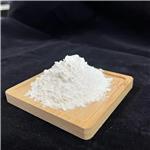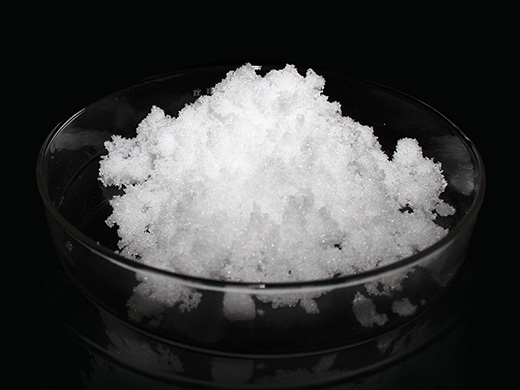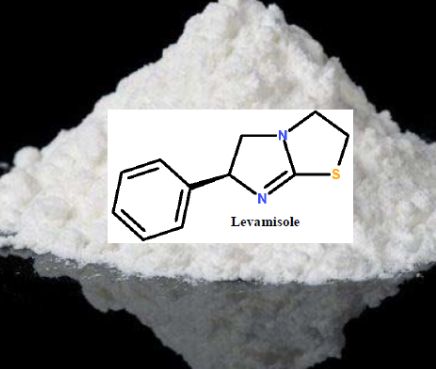Guanidine Hydrochloride: Therapeutic Effects on Breast Cancer and Health Hazards
Description
Guanidine Hydrochloride usually abbreviated GdmCl, is the hydrochloride salt of guanidine. It crystallizes in orthorhombic space group Pbca. The crystal structure consists of a network of guanidinium cations and chloride anions linked by N–H···Cl hydrogen bonds.

Therapeutic Effects on Breast Cancer
Data analyzes showed that the expression level of KCNG1 gene in the TNBC subgroup was significantly higher compared to other BC subtypes from the KCN gene family and ROC results showed that this gene had highest sensitivity and specificity in TNBC subtype. The results of drug resistance and sensitivity showed that an increase in the expression level of KCNG1 was associated with sensitivity to Cisplatin and Oxaliplatin. Moreover, Drug Bank results showed that Guanidine hydrochloride (GuHCl) was a suitable inhibitor for KCNG1. In vitro results showed that the expression level of KCNG1 was higher in MDA-MB-468 compared to MCF7. In addition, the rate of apoptosis in response to GuHCl treatment in MDA-MB-468 cell line as TNBC cell model was higher than MCF7 in the same concentration.1
Mechanism of Action
The viral RNA synthesis and encapsidation are found to be reversibly hinder by guanidine hydrochloride (GnHCl) at a concentration where the cellular macromolecular synthesis would not be affected. It has been found that when GnHCl is added to cells halfway via PiVs infection the RNA is trapped in 80S particles known as guanidons (Baltimore, 1969; Jiang et al., 2014). When a drug is removed 80S particles were found to be decreased with an increase in the concentration of provirions and virions. It has also been found that GnHCl inhibits the ATPase effect of 2CATPase (Pfister and Wimmer, 1999; Jiang et al., 2014).
Health Hazards
Guanidine Hydrochloride is harmful if swallowed, indicating acute oral toxicity.
1Mehdi Roshanian Bakhsh. “Therapeutic effects of guanidine hydrochloride on breast cancer through targeting KCNG1 gene.” Biomedicine & Pharmacotherapy 164 (2023): 114982.
References:
[1] MEHDI ROSHANIAN BAKHSH. Therapeutic effects of guanidine hydrochloride on breast cancer through targeting KCNG1 gene.[J]. Biomedicine & Pharmacotherapy, 2023, 164. DOI:10.1016/j.biopha.2023.114982.Related articles And Qustion
See also
Lastest Price from Guanidine hydrochloride manufacturers

US $10.00/kg2025-06-26
- CAS:
- 50-01-1
- Min. Order:
- 1kg
- Purity:
- 99.5%
- Supply Ability:
- 100

US $1.00/KG2025-04-23
- CAS:
- 50-01-1
- Min. Order:
- 1KG
- Purity:
- 99.5%
- Supply Ability:
- 5tons/month



